Foot abnormalities and difficulty walking are common problems for people with CMT. Having the right shoes can make a huge difference! The right pair of shoes can make walking and balance easier and far more comfortable. But how do you know what type of shoes to look for? HNF conducted an interview with the pedorthic specialists at Eneslow, the shoe company that specializes in orthotic and custom shoes for people who have difficulties with their feet. Read to find out what kinds of problems CMT patients experience and what you can do about it.
What kinds of problems do people with CMT experience with their feet?
People with CMT develop feet with increasingly high arches and lateral instability (the outside of their feet roll out). This makes it increasingly difficult for their feet to adequately fit into shoes, adding to a feeling of greater instability during stance and in gait; this can lead to ulcerations, ankle, knee and hip disturbances, balance problems, postural weakness, and long term deterioration.
What are common kinds of concerns that people with CMT should have when looking for shoes?
Beyond the usual concerns of style, color, etc., people with CMT should think of their shoes as an appliance or device to aid them to improve stability and balance while standing and walking. This should include the amount and type of support they receive, particularly along the lateral side of their feet. They should focus on finding something that the foot fits into and allows for necessary modifications to improve balance and gait.
What does a pedorthist do?
A pedorthist is a footcare pharmacist, providing shoes and related devices to help improve balance, alignment, posture and gait. Pedorthists are trained to properly fit people with shoes and orthotics, ready-made and custom-made. Pedorthists fill footwear prescriptions from physicians. He or she is trained in anatomy, biomechanics, foot pathology, and the use of shoes and orthotic based approaches to help people suffering from mechanical problems that occur in the foot and ankle. A pedorthist is trained to proactively alleviate pain and imbalance and help people lead more active lives.
It is often difficult to find dress shoes. What can you do to find dress shoes that are still comfortable for people with CMT?
Eneslow has a huge inventory of shoes that are stylish and can be worn for dress occasions. They can be customized to accommodate CMT-related deformities. Eneslow can re-last a shoe in our in-house state of art laboratory. In other words, if a person with CMT has a pair of shoes they love but don’t fit their feet and condition, Eneslow can take the shoe apart and reconstruct it to fit their feet.
Do people with CMT need custom shoes?
Depending on the degree of deformity, some people require custom shoes to accommodate their needs. Each case must be individually assessed and evaluated. Often people with CMT do best with ready-made shoes that are customized to their needs.
Can people with CMT get modifications in their old shoes as their conditions change?
Absolutely! People with CMT know that their condition is progressive. Their shoes should be modified to slow down the progression and provide improved balance, alignment and gait each step of the way. Also remember that shoes wear out; they should be repaired on a regular basis. This will also improve wear life. And, at a certain point, it is best to start with a fresh pair.
Are any shoes already designed with extra room to fit braces, without having to get them modified?
There are ready-made shoes that Eneslow carries called Extra-Depth Shoes. These are shoes designed and manufactured with extra room to specifically meet the accommodative needs of braces. We carry many brands. It is our primary business. Also people should consider a shoe that goes above the ankle and a removable insole.
Can good shoes prevent further foot problems? Can it reduce the future severity of walking difficulties?
We can’t stop the progression of their condition. We can help slow it down by helping them improve their body balance. Proper footwear can aid in ambulation and accommodate their feet, ankles and legs.
Are there any insurance plans that would cover part of the shoe?
You would have to check with your insurance provider. This is something that varies considerably from policy to policy.
Why is Eneslow different than other shoe retailers?
A MAJOR difference is that people can come to us to make special adjustments to their shoes to help them fit and support them better. We have a state of art pedorthic laboratory on the premises where all the work is done. Also, our staff is extensively trained to deal with foot problems and we have a lot of very experienced, very well educated pedorthists on staff who are used to seeing and helping people with all sorts of feet.
Does Eneslow consult with my physician before providing shoe recommendations?
The best thing for the person with CMT is when their physician participates in the pedorthic treatment plan. Optimally, they will send us a written order to help their patient. This provides a communication link that helps refine the process.
How do I know what type of features to look for to find the best shoe for me? Can I come for a consultation?
Please do. We need to evaluate you to identify the best footwear for your needs and which features would be best.
I don’t live near an Eneslow store. How can I find a pedorthist to set up a consultation?
Go to the website www.abcop.org, or http://www.bocinternational.org to locate a pedorthist or pedorthic facility in your area.
A special thanks to Robert Schwartz, President, CEO Eneslow Pedorthic Enterprises, Inc., Dr. Justin Wernick, Sarah Goldberg and Bart Sherwood for providing us with the answers to these questions.

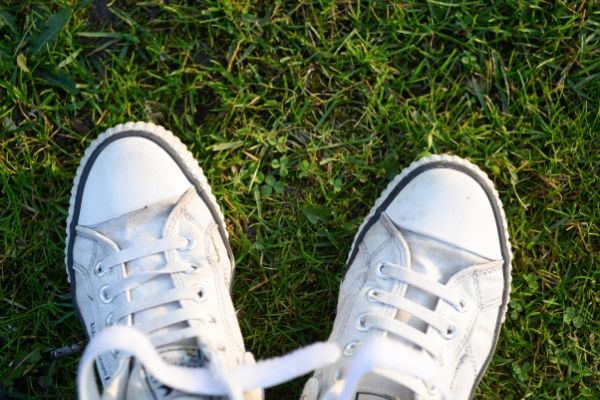


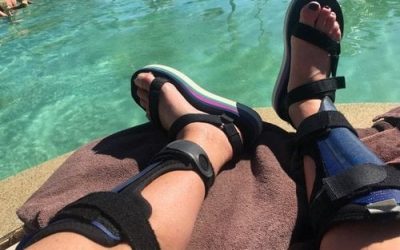


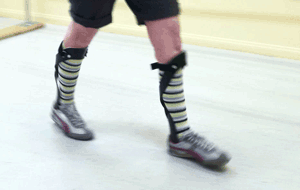
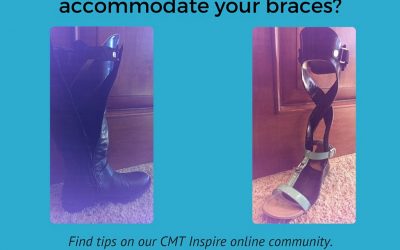
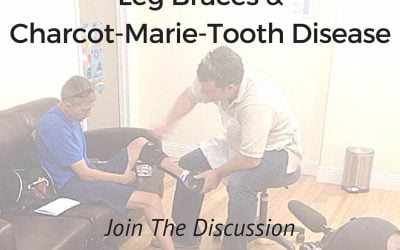



0 Comments